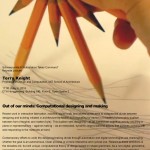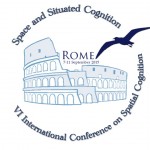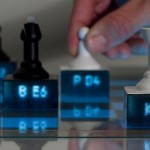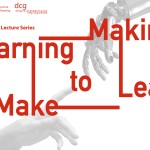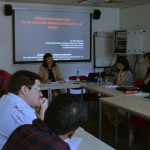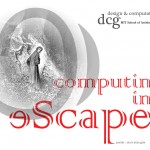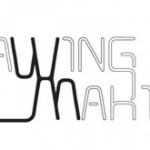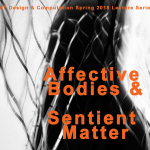
Lecture Series
Spring 2018 Computation Lecture Series: Affective Bodies & Sentient Matter
Curators: Athina Papadopoulou, Terry Knight
In recent years, proponents of virtual reality technologies have argued for immersive digital spaces, distancing architectural discourse from the embodied experience of physical matter. As architecture gracefully embraces its disintegration into virtuality, advances in material sciences, biology, and robotics are expanding the possibilities of physical reality by creating materials with new sensing and morphing capabilities. Such advances challenge the ways we conceive our sensory interactions with materials, as they allow for materials that interface with our physiology and psychology in redefined ways. Affective Bodies and Sentient Matter lecture series explores the role of this enriched physical materiality, and the opportunities it offers for design and architecture.[more]

